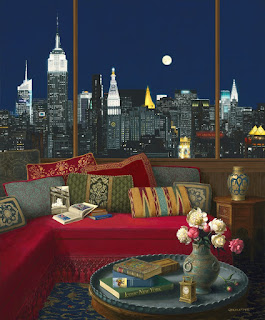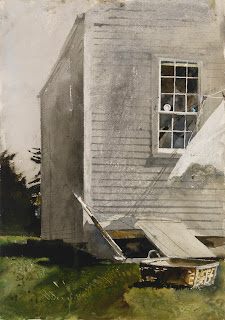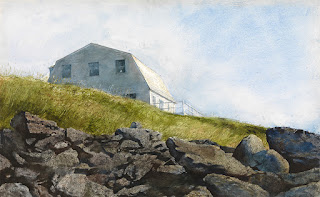 |
Jenness
Cortez, Manhattan in the Moonlight
acrylic on mohogany panel, 36 x 30 in. |
“Manhattan in the
Moonlight” is a brilliant example of Modern Traditional Realism by artist
Jenness Cortez. This vibrant and meticulously wrought masterpiece is
an acrylic painting on mahogany panel, measuring 36 x 30 inches. The work
is included in our American
Realism: Past to Present exhibition, on view through November
30th in New York.
Jenness Cortez is a distinguished figure in the contemporary revival of
classical realist painting. She was born in Indiana and exhibited profound
talent for art at a very early age. As a teenager, she took private
lessons with Antonius Raemaekers, a well-trained Dutch-born painter and
superb teacher whose early instruction continues to influence her work
today. She then went on to study at the Herron School of Art, one of
the oldest independent professional schools of art in America. To add to
development of her technical mastery, Cortez next went on to New York City
to study at the Art Students League under another gifted teacher, Arnold
Blanch - whose influence on the young art student was also profound.
Throughout her remarkable career Cortez has become proficient in a variety
of subject matter including sporting and wildlife art, landscape,
portraiture, interiors and still-life. Early in her career she worked as an
editorial illustrator and etcher, then returned to her love of painting,
with animals as her primary subject matter. For twenty years she became
world renown for skillfully portraying horses––most notably, thoroughbred
racehorses. In the mid-1990s, Cortez moved on to landscapes, then to
cityscapes and at last to interiors and still life painting where her focus
remains today.
At the beginning of the 21st century, Cortez began concentrating on a form
of still life painting inspired by the age-old tradition of “art in art.”
This tradition was most notably employed by such 17th-century Dutch
artists as Johannes Vermeer, usually to impart a hidden meaning to
astute viewers. Similarly, Cortez’s paintings offer layered
meanings built on specific themes. Often starting with an iconic
masterwork, she then surrounds it with meticulously rendered book covers,
photographs, sculpture, antiques, and other objects with cultural or
historic significance. Each intricate painting challenges the viewers’
intellectual curiosity. By depicting iconic artworks in her
own paintings, Cortez underscores a classic paradox of realism: the
painting as a “window” into an imagined space, and as a physical
object; both a metaphysical presence and a material entity.
"Manhattan in the Moonlight" features tributes to Childe
Hassam's “The Avenue in the Rain” and “Up the Avenue from
Thirty-Fourth Street, May 1917”; Jean-Leon Gérôme's “Arabs
Crossing the Desert”; “The New Yorker” cover by Harry Bliss, June 3,
2002; an Embellished, hand-made edition of “The Rubaiyat” by Sangorski
and Sutcliffe book bindery, London, 1911, destroyed in the sinking of
the Titanic, 1912; and a Chinese Archaic bronze “Hu” vessel from the
Eastern Zhou dynasty, early 5th century B.C., among other unique objects
and decor.
Jenness Cortez has been exhibiting her work since 1975, and has had more
than 40 solo shows throughout the United States. Her work is in numerous
public and private collections including those of President Ronald Reagan,
President Bill Clinton, Governor George Pataki, Governor Hugh Carey, HM
Queen Elizabeth II, Ambassador True Davis, Mrs. Cornelius Vanderbilt
Whitney, Congressman Gerald Solomon, Atlanta Braves General Manager John
Schuerholz, Mr. Jerry Weintraub, the New York State Museum, Skidmore
College and SUNY Empire State College, Fluor Corporation, Saratoga Harness,
Inc., the Waterford Museum, Albany Institute of History and Art and many
other collections.
|






